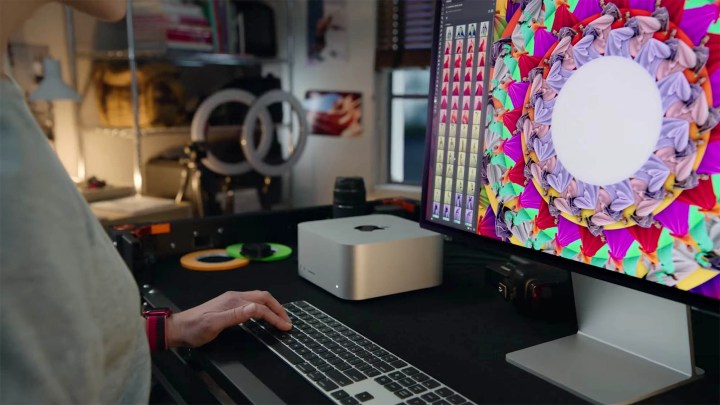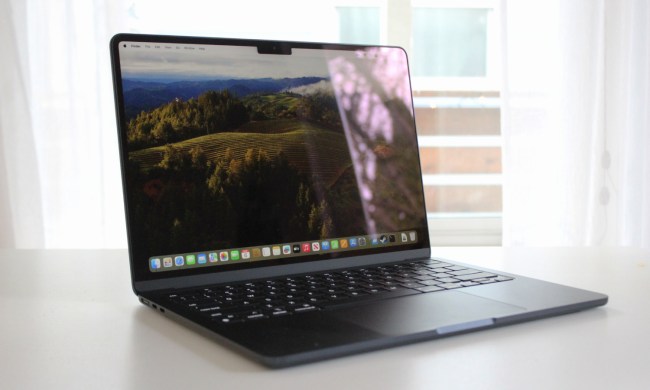Despite their lofty prices, Apple’s latest additiona to the Mac family announced today are proving to be quite popular. Shipping dates for both the new Mac Studio desktop and the Studio Display are quickly slipping to May in some cases, suggesting that pre-order interest in the new Studio lineup is going strong.
Apple’s online store shows that select premium configurations of the Mac Studio — the desktop will be offered with either an M1 Max processor or the high-performance M1 Ultra CPU — aren’t expected to arrive until as late as May 25 for those who order right now. Lower-end configurations with less unified memory are expected to arrive sooner, with some builds expected by the end of the month.

With the Studio Display, things are slightly better, with some configurations of the desktop monitor set to arrive by mid-April, according to Apple’s website.
Apple announced the Mac Studio and Studio Display today, and the company revealed that the product officially launches on March 18. The delay in delivery for those ordering right now shows that the desktop could take a full two months to arrive.
Apple’s Mac Studio starts at $1,999 for the M1 Max processor configuration, though the price quickly increases with upgrades. The M1 Ultra configuration starts at $3,999. Fully configured with the top CPU, GPU, RAM, and 8TB of solid-state storage, the Mac Studio costs $7,999.
It’s unclear if Apple had not anticipated for the pent-up demand for the Apple Studio or if the company is subject to the global semiconductor shortage. The Mac Studio is the closest that creatives, professionals, and digital artists will get to a Mac Pro with Apple’s custom M-series silicon for now. At the company’s Peek Performance event, Apple executives did tease that the final Mac to get a refresh will be the Mac Pro, but that update will be coming at an undisclosed date in the future.
At this time, the Mac Studio is positioned as the most powerful computer in Apple’s lineup, offering performance that bests even the Intel-powered Mac Pro in processing and graphics power. The new M1 Ultra-based Studio is also more power efficient and compact than a PC-based workstation, the company claims.

Apple’s 27-inch Studio Display comes with a 5K panel that’s positioned as a scaled-down, more affordable alternative to the ultra-premium Pro Display XDR panel that had previously launched alongside the Mac Pro. Like the Mac Studio, the Studio Display comes with a machined aluminum enclosure in a slim profile. The panel comes with a 12-megapixel camera that supports Center Stage video, built-in noise canceling microphones, and a six-speaker sound system integrated into its body, making it a versatile panel for creatives, professionals, and video editors.
The Studio Display starts at $1,599, though adding features like a nano-texture antiglare coating will cost extra. There are also various mounting options for the Studio Display that add to the cost of the monitor.


